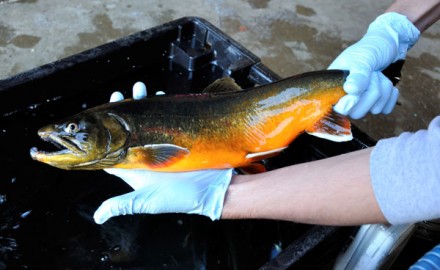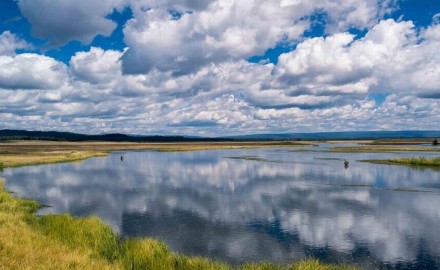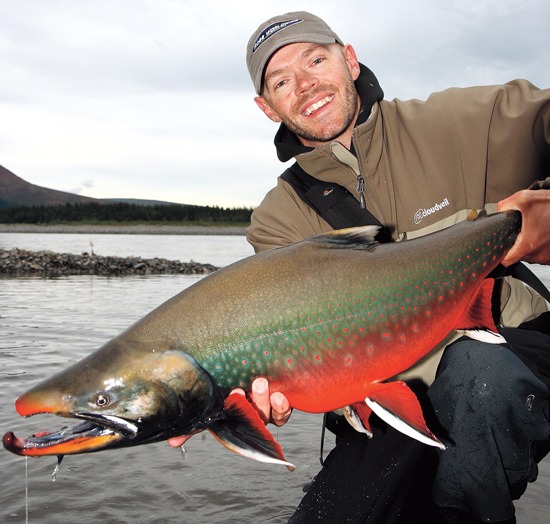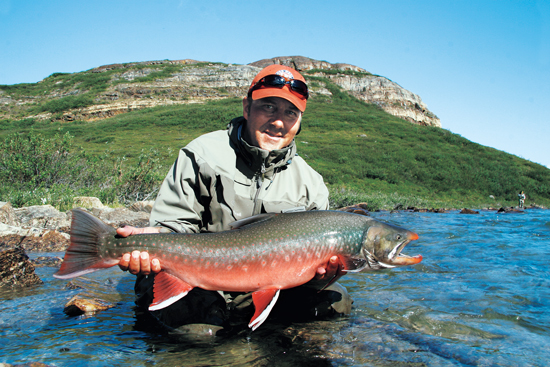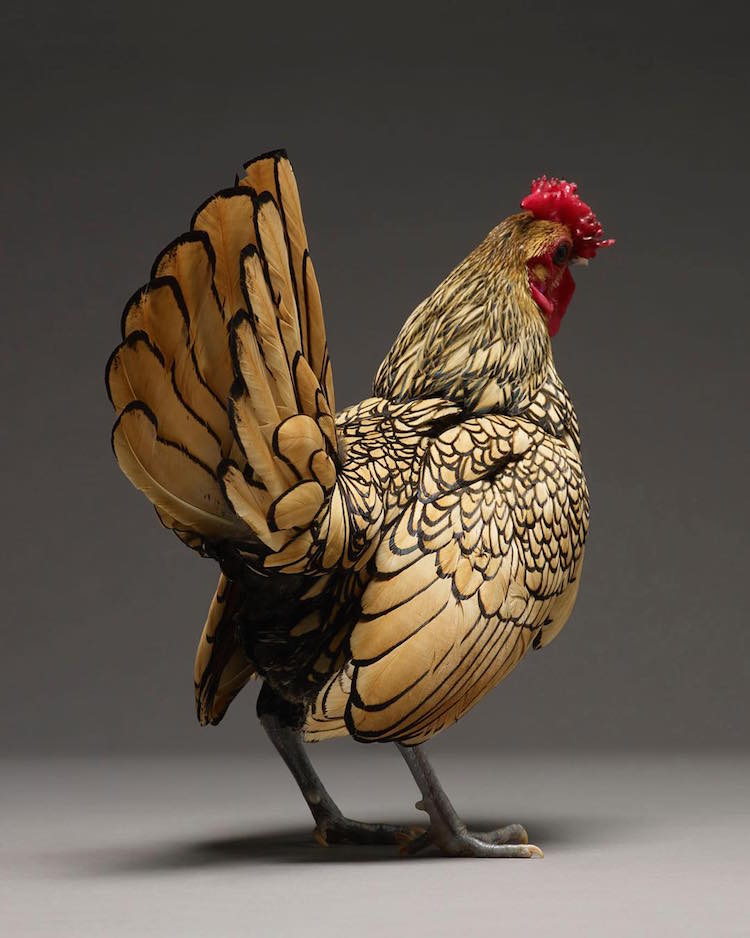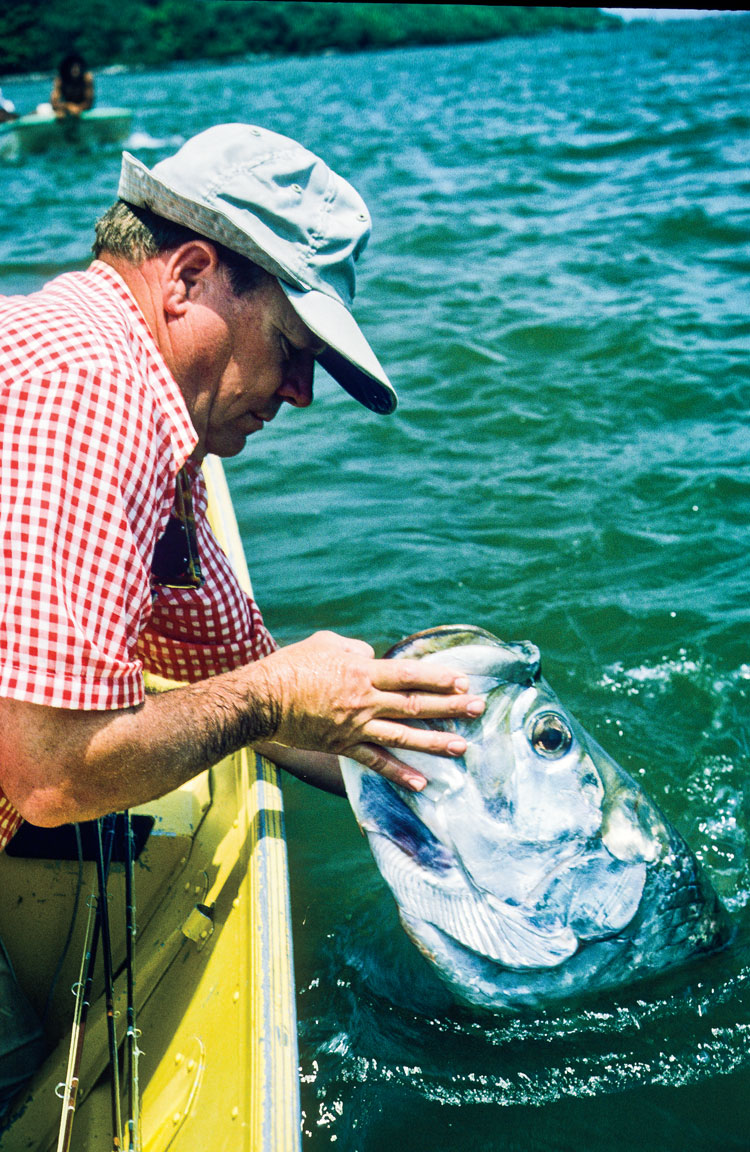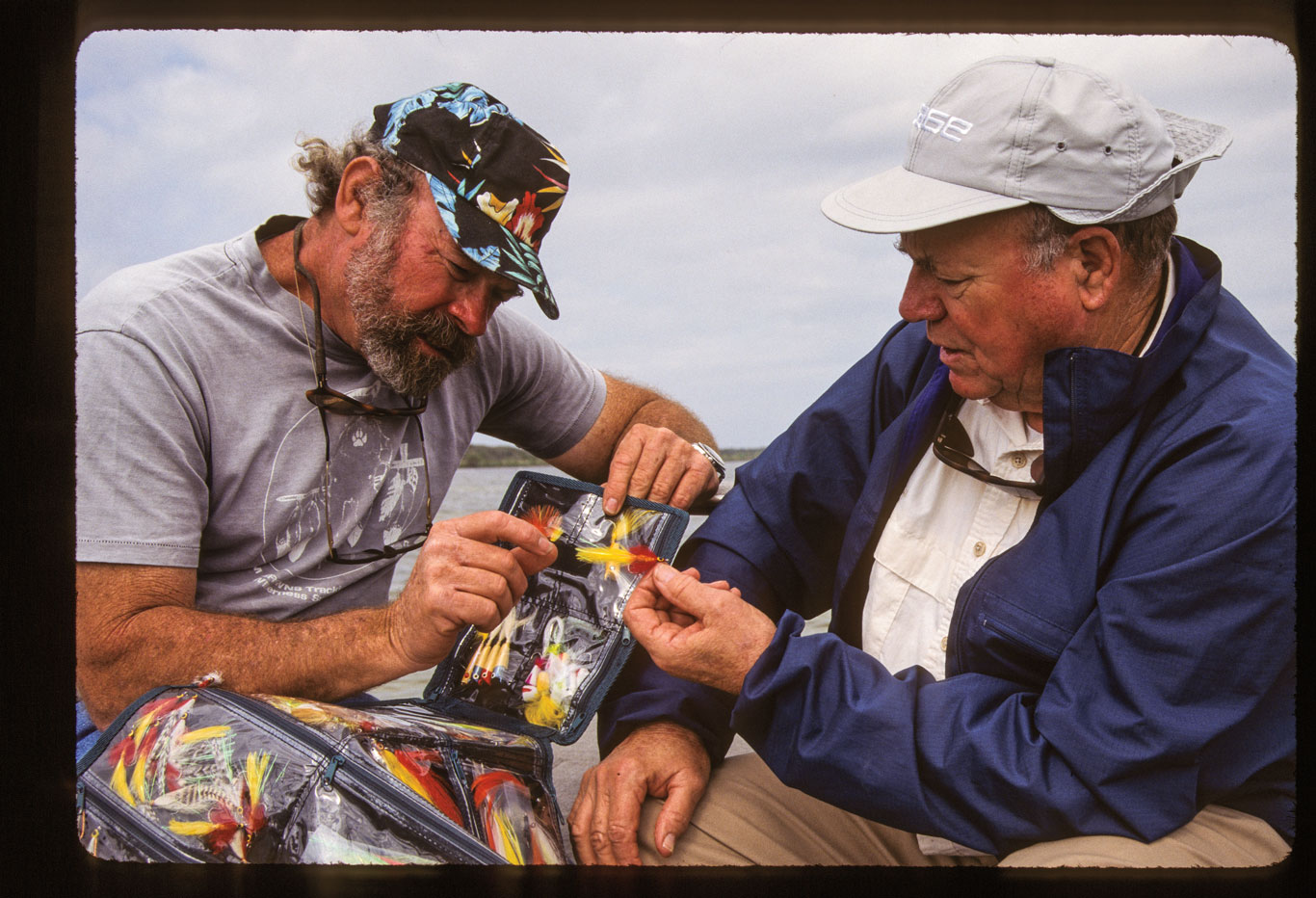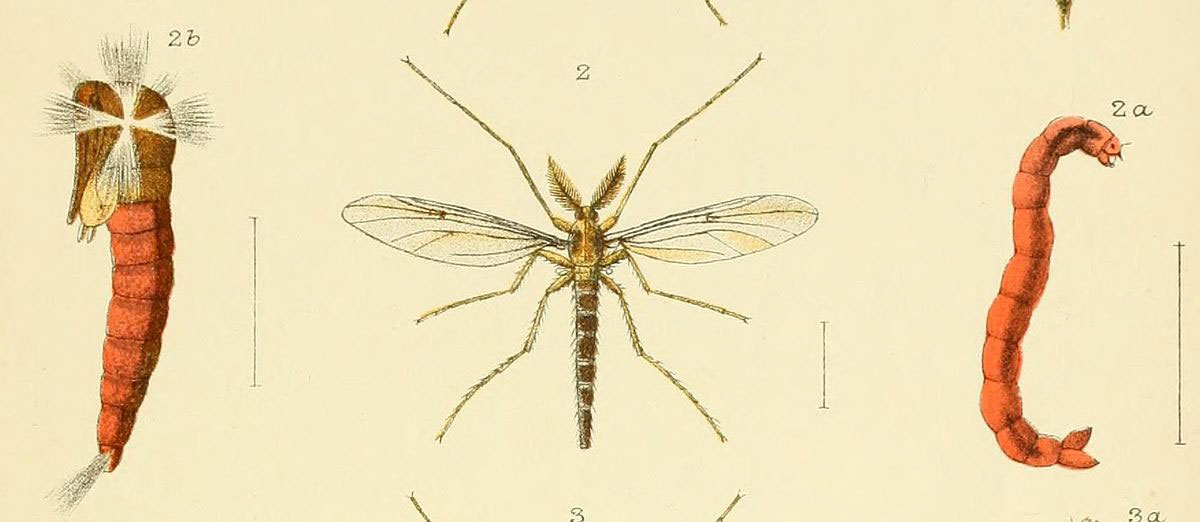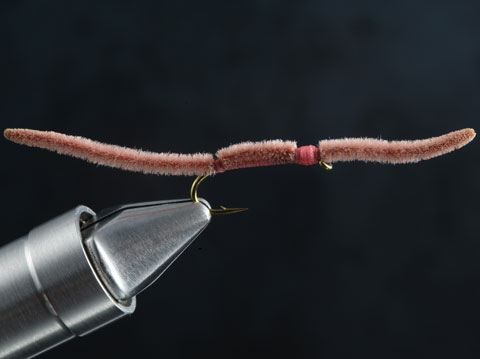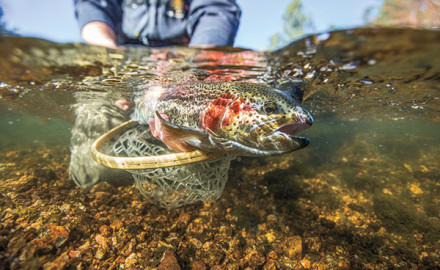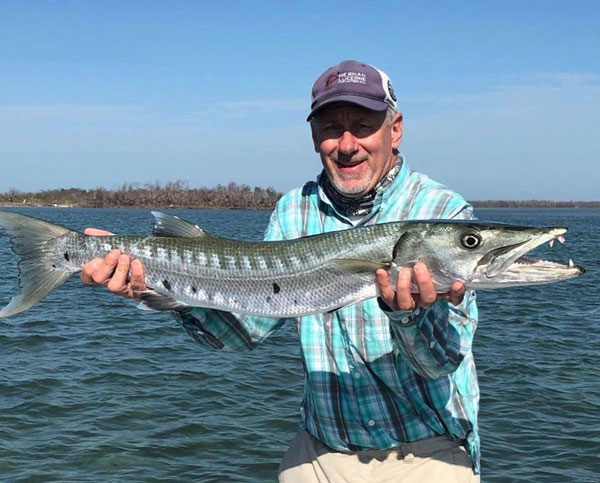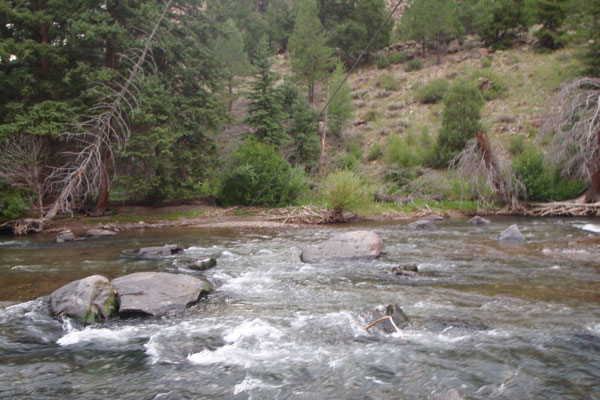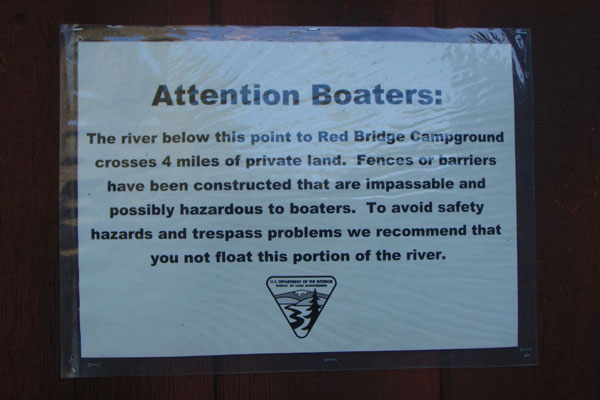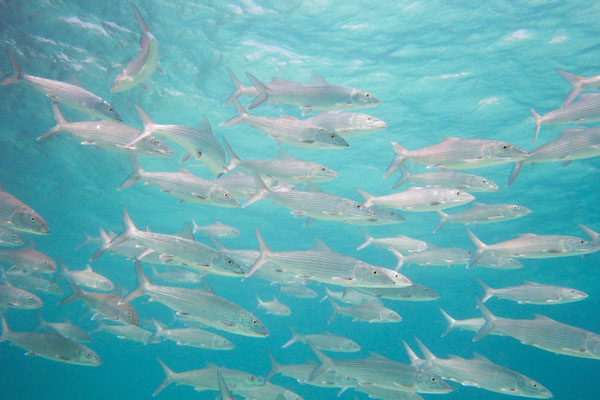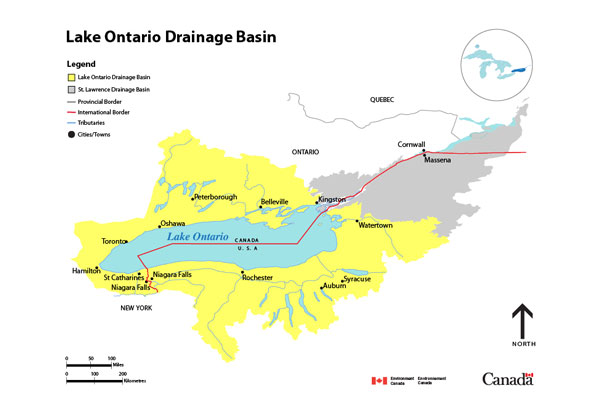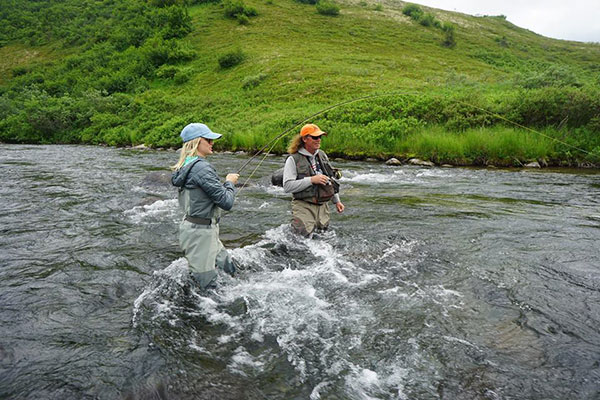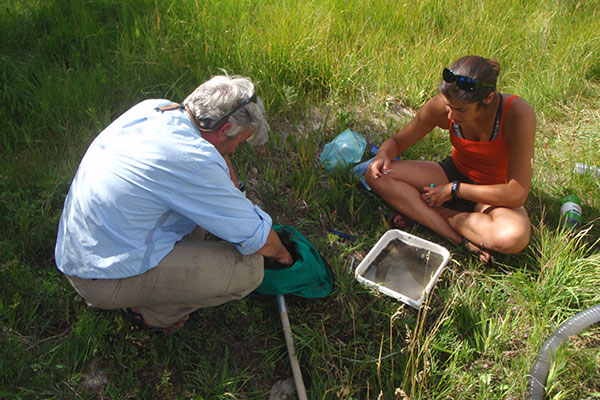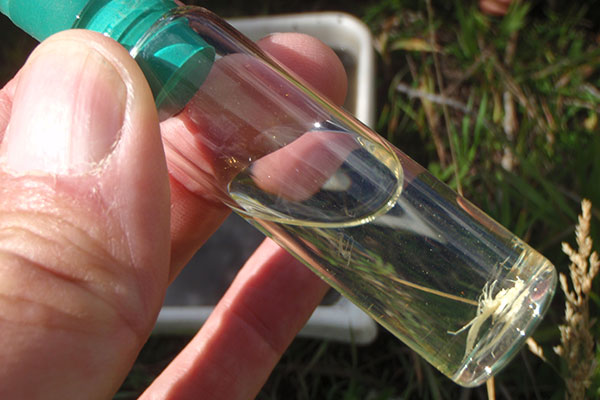Photo by Travis Francis. USFWS
The Humpback Chub, one of the original species included for protection under the Endangered Species Act in 1967, has been identified for potential delisting to a “Threatened” status by the US Fish and Wildlife Service. According to a press release from the agency last week, a Species Status Assessment (SSA) has been completed that indicates the fish is no longer in imminent danger of extinction.
Native to the Lower Colorado River, the Humpback Chub is a warmwater species adapted to the periodic high water volumes in the Grand Canyon. With a characteristic, raised shoulder profile that is thought to help the fish remain close to the stream bottom when strong spring flood flows are raging overhead, the Humpback evolved in the millennia before hydroelectric dams were built on the river. A contentious issue between southwest environmentalists and water stake holders, management of the species has been at the center of controversy since federal mandates required “High Flow Experiments” (HFE’s), where large amounts of water were released downstream from Lake Powell to mimic the spring floodwaters of naturally flowing rivers. Critics — and there are many spread across various sectors — have said the management practice is wasteful of the most precious commodity in the desert southwest and does nothing to permanently benefit down river stream bottom conditions favorable to the Humpback.
What’s the concern for anglers if the Humpback is not a sport fish? The immediate tailwater section of the Colorado below the Glen Canyon Dam at Lee’s Ferry is a world renowned venue for fly fishermen, with rainbow trout thriving in the cold, clear water that the outflow of the lake above provides. Like many large reservoirs in the west, Lake Powell acts as a thermal sink for impounded river water, maintaining cold temperatures in its depths and allowing settling of suspended sediments. Water that is released down river is perfectly suited for Rainbow Trout, (a species native to the cool pacific northwest), at least for the first few miles before the southwestern sun heats up the main river again. Recognizing this, trout were initially introduced downstream by the USFW after construction of the dam to benefit to the sporting public. This stocking effort included other unique environments such as Bright Angel Creek, a side stream 80 miles down river that naturally expresses cool water conditions as a consequence of the stream running below ground for much of its length before entering the main stem of the Colorado. Humpback Chub and trout populations do not typically physically interact due to the fundamentally different environmental requirements of each species. Politically, however, the two are closely intertwined.
Lee’s Ferry. Photo by Wikipedia

